
Conversations Adv 1
Conversation Analysis
Each conversation is accompanied by an analysis to give a quick evaluative summation of the students’ performance along with a recommendation of how the students could do better. Various patterns of fluency and dysfluency might be cited if the issue is relevant to the video / transcript.
View Sessions by Type
The Buttons
below provide access to our archive by session, level or type
Basic
Advanced
Advanced Session 1 Advanced Session 2
Type
ADVANCED LEVEL
Session Adv 1
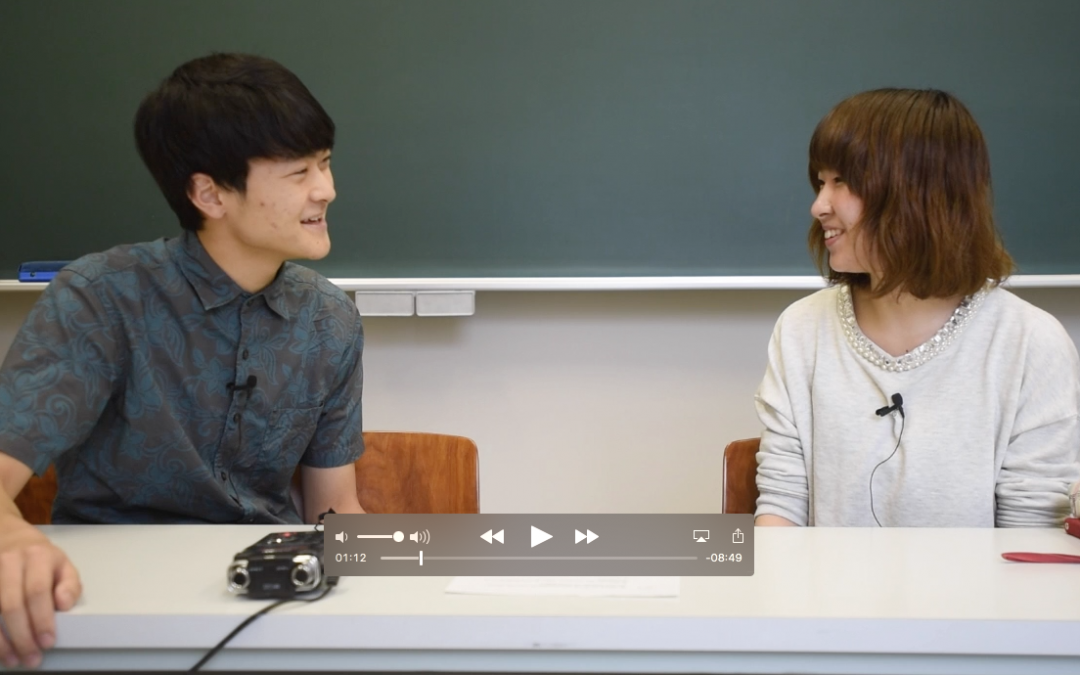
Ken and Mao
The percentage of silence is relatively low, 1.6% or 9.7 seconds, and the speaking rates for both participants is relatively high, Ken’s 128.9 or 107.0. There is no cross-talking pausing. Ken’s MLRs are fairly long, but Mao’s is very short 5.5, and there are too many minimal responses on her part. Longer, and more engaged replies are important, so the current discussion is actually a bit unbalanced. Ken does have far more meaningless syllables 128 as compared to Mao’s—32. Ken also has a high level of repetition.
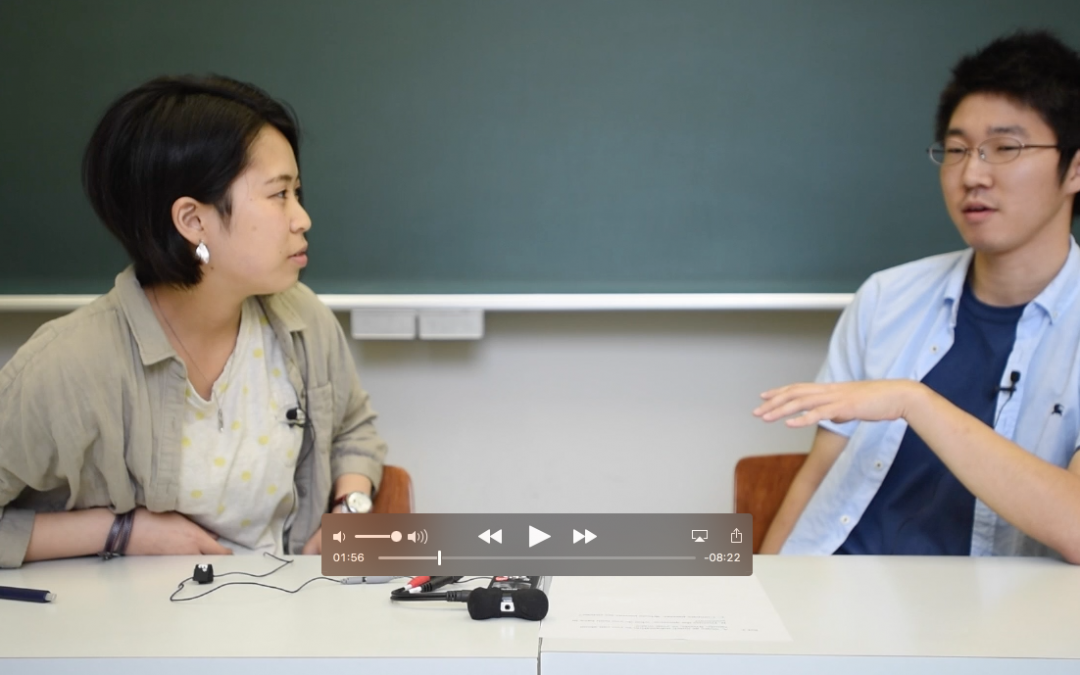
Yuka and Masaki
This is one of the more fluent discussions marked by high speaking rates, Yuka’s 129.2 and Masaki’s 140.1, and with no cross-talk pausing. The percentage of silence is very low 0.8%, 5.3 seconds. Average mean length runs (MLRS) are also very high, with Masaki having 25.1 and Yuka’s 13.2; however, as males tend to dominate discussions, this is also the case, with Masaki having 669 words compared to Yuka’s 348. Minimal responses are few.

Mao and Masaki
The discussion is more unbalanced than others, with Masaki having 826 compared to Mao’s 242, who often relies on minimal responses. The conversation is warm but Masaki seems to be far more motivated and engaged, though he does have more repetition 23 than Mao (4), retracing (7) to Mao’s (1), and more silence 14.0 seconds compared to Mao’s (0). Masaki also has greater MLRs 19.4 which is almost native level, which is far higher than Mao’s 5.8. Recommendation is that Mao provides longer and more descriptive replies and to ask more questions.
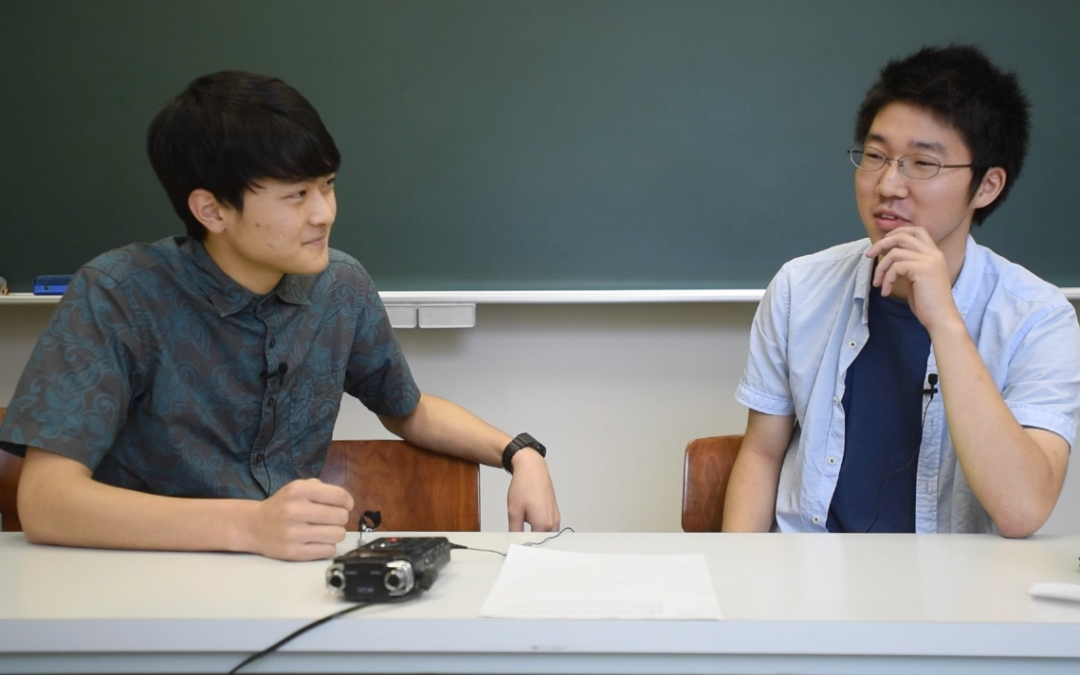
Ken and Masaki
In this same-sex discussion, the number of words for both participants is relatively similar 660 for Masaki and 540 for Ken. Speaking rates are unusually high, 146.7 and 155.5 for Ken which reflects a high level of motivation. No cross-talk pausing is noted, and the amount of silence is only 2.6 seconds, thus 0.4%. Masaki does have not syntactic dysfluency in regard to meaningless syllables 100 as compared to 43 for Ken. MLRs are long: 21.6 and 18.3, though Masaki does have a high level of repetition compared to Ken’s 64 to 7 occurrences. Abandoned sentences are noted in this discussion.
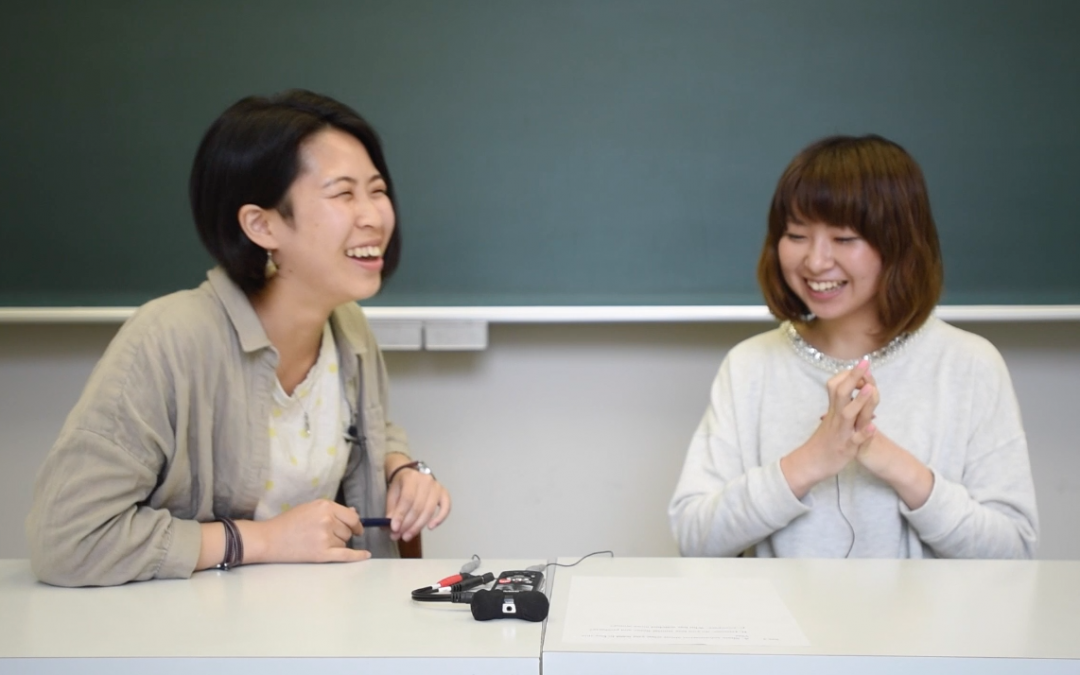
Yuka and Mao
The participants in this discussion are engaged and happy, laughter being often noted throughout the discussion. While minimal responses are common, there is an equal number of longer and more descriptive replies. Yuka has a high number of words, 729 compared to 234 words for Mao, but she does have a lot of meaningless syllables, 45. MLRs are high for Yuka 17.5 but Mao’s speech is rather limited to 5.4 MLRs. The percentage of silence is low though to 13.2 seconds or 2.2%.
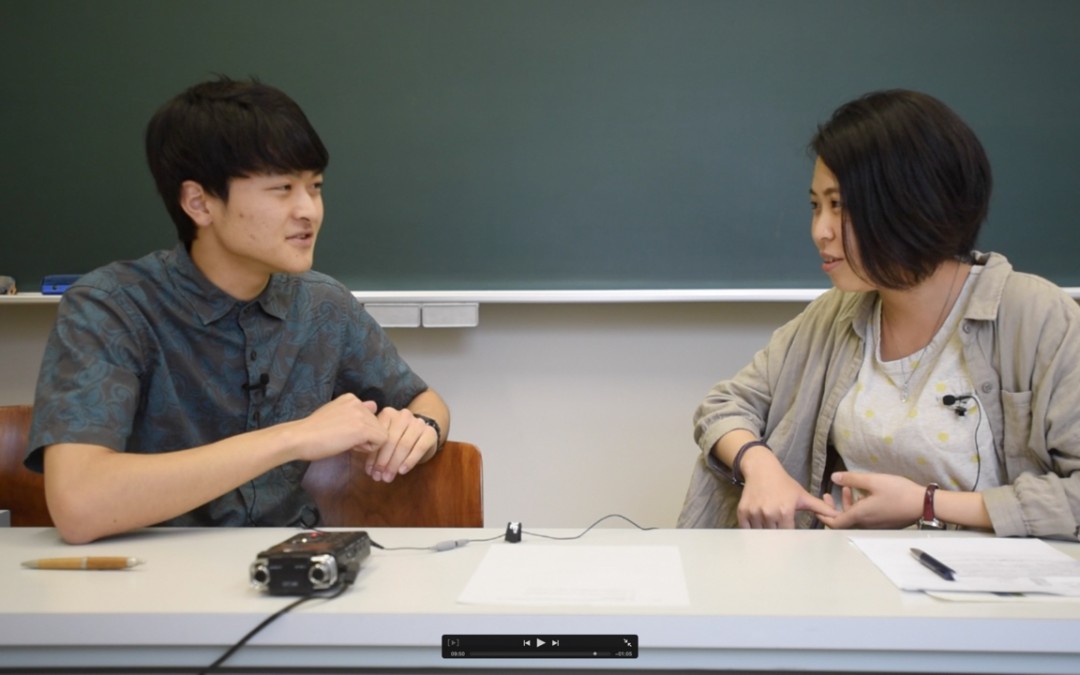
Ken and Yuka
This discussion is notable insofar that Yuka has longer speaking time than Ken (367.9 seconds) compared to 271.7 for Ken, thus she has 619 words compared to Ken’s 536. There is no cross talk pausing. Minimal responses are few and both participants seem to have more motivation in giving interesting replies. Speaking rate for both participants is fairly high, close to native speakers, 131.9 for Yuka and 130.7 for Ken. Acoustic and Lexical dysfluency is minimal and the only issue in syntactic dysfluency is that of Yuka’s repetition. MLRs are fairly long, 11.7 and 14.9. The discussion is warm and fluid.
